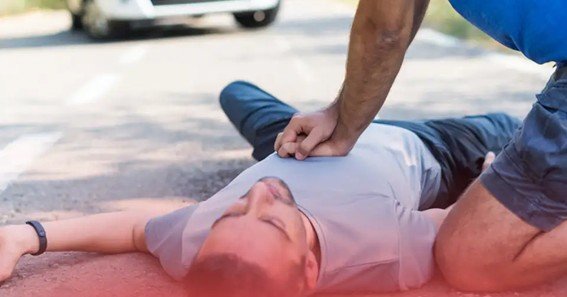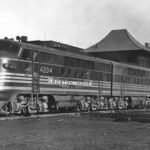When a patient is unconscious and non-responsive, CPR should be performed immediately to maintain vital blood flow to the brain and organs. Prompt action can significantly increase the likelihood of survival and recovery.
Recognizing the Need for CPR
CPR is essential when an individual is unresponsive and not breathing normally. Occasional gasps are insufficient; absence of normal breathing necessitates immediate action. The American Heart Association emphasizes starting CPR without delay in such scenarios.
Steps to Perform CPR
- Ensure Scene Safety:
- Before approaching, confirm the environment is safe for both the rescuer and the victim.
- Check Responsiveness:
- Gently tap the person and shout to see if there’s any response.
- Call for Emergency Assistance:
- If there’s no response, call emergency services immediately or instruct someone else to do so.
- Assess Breathing:
- Look for chest movements and listen for breathing sounds. If the person isn’t breathing or is only gasping, prepare to start CPR.
- Begin Chest Compressions:
- Place the heel of one hand on the center of the chest, with the other hand on top.
- Position your shoulders directly over your hands and keep your elbows straight.
- Press down hard and fast, aiming for a depth of at least 2 inches and a rate of 100 to 120 compressions per minute.
- Provide Rescue Breaths (if trained):
- After 30 compressions, open the airway using the head-tilt, chin-lift method.
- Pinch the nose shut, take a normal breath, and make a complete seal over the person’s mouth with yours.
- Deliver two breaths, each lasting about one second, ensuring the chest rises with each breath.
- Continue CPR:
- Alternate between 30 compressions and two breaths.
- Use an AED as soon as it’s available, following its prompts.
Special Considerations
- Untrained Rescuers:
- If you’re not trained in CPR, perform hands-only CPR by providing continuous chest compressions without rescue breaths.
- Use of AED:
- Deploy an Automated External Defibrillator (AED) as soon as it’s accessible, following the device’s instructions.
Conclusion
Immediate initiation of CPR on an unresponsive and non-breathing individual is vital. Timely chest compressions and rescue breaths can sustain blood flow to essential organs, significantly enhancing survival chances until professional medical help arrives.
FAQ
- What should I do if I’m unsure whether the person needs CPR?
- If there’s doubt and the person is unresponsive and not breathing normally, it’s better to start CPR. Timely action can be lifesaving.
- Can I perform CPR if I haven’t been formally trained?
- Yes, untrained individuals are encouraged to perform hands-only CPR, focusing on chest compressions at a rate of 100 to 120 per minute.
- How do I know if I’m pressing hard enough during compressions?
- Aim for a compression depth of at least 2 inches. Allow the chest to return to its normal position after each compression.
- Is it necessary to give rescue breaths?
- If you’re trained and confident, provide rescue breaths. If not, continue with hands-only CPR until help arrives.
- What if I don’t have access to an AED?
- Continue performing CPR until emergency medical services arrive. Early and continuous chest compressions are crucial.
Take a look at this interesting piece how-many-times-does-a-phone-ring
- Continue performing CPR until emergency medical services arrive. Early and continuous chest compressions are crucial.










